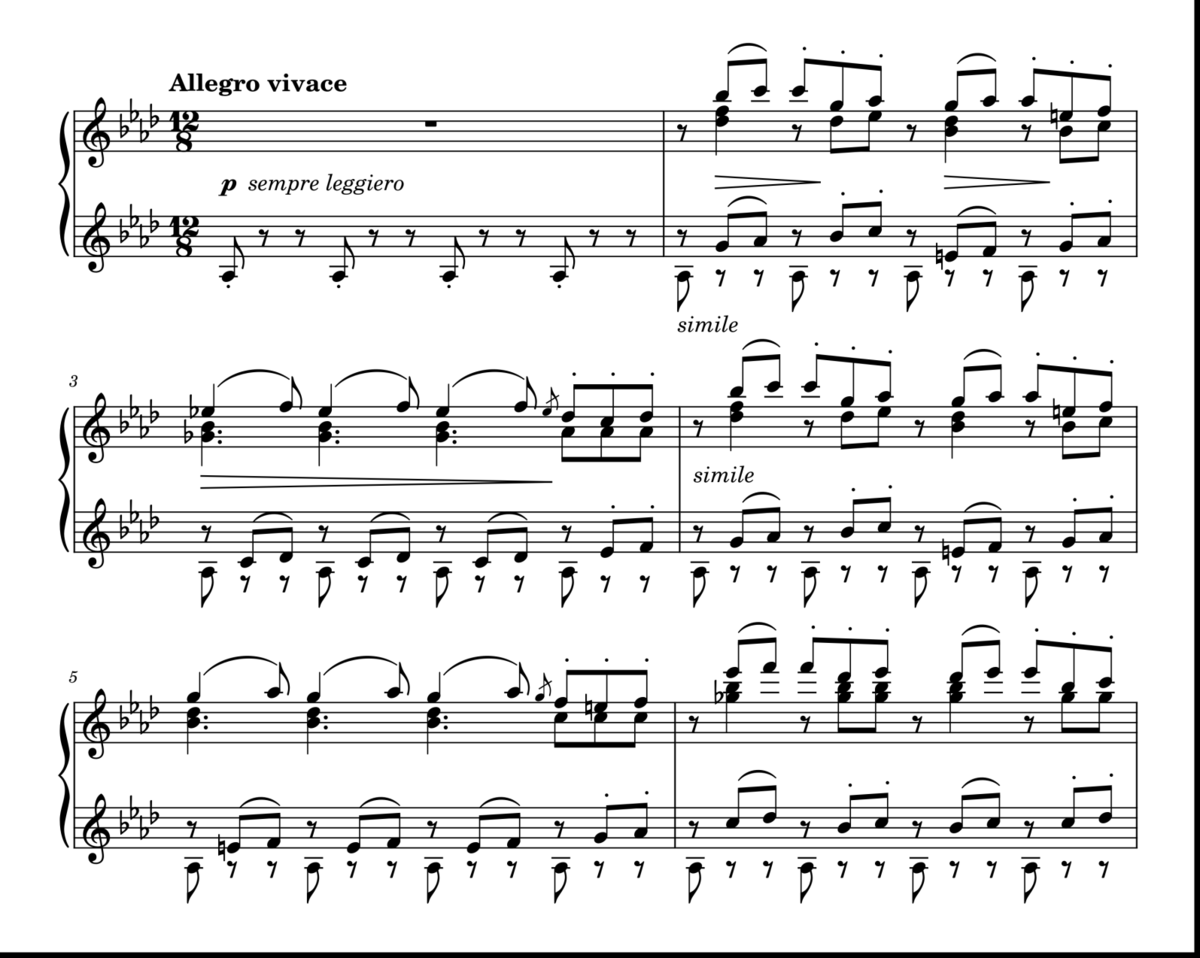
Musical Composition: Creation and Interpretation
Musical composition refers to the process of creating an original musical work, which can be either vocal or instrumental. It typically involves devising a structure, melody, harmony, and rhythm. People who create compositions are known as composers.
Composition methods vary widely, from traditional notation to computer-generated music. Orchestration, the assignment of parts to different instruments, is often done by the composer but can also be handled by an arranger. In some cases, songs may be composed without written notation, relying solely on the composer's memory.
Composers consider a wide range of musical elements, including scale, mode, and instrumentation. They must also decide on the form of the piece, such as through-composed, strophic, or verse-chorus. Composition techniques often draw inspiration from visual art's formal elements.
Interpreting a musical composition is a distinct task, requiring performers to make decisions about tempo, phrasing, and style. Even when music is precisely notated, there is room for individual interpretation, leading to variations in performances. Copyright laws protect the rights of composers, granting them exclusive rights to their works, including the right to publish, distribute, and perform them.
Key Points and Interesting Facts:
- Compositions can range from simple melodies to complex orchestral works.
- Technology has introduced new composition methods, such as EEG headsets that translate brainwaves into music.
- Composers consider the capabilities of each instrument and how they complement each other.
- Arranging involves adapting a composition for a specific ensemble or instrument.
- Copyright protects the intellectual property of composers and ensures they receive compensation for the use of their works.